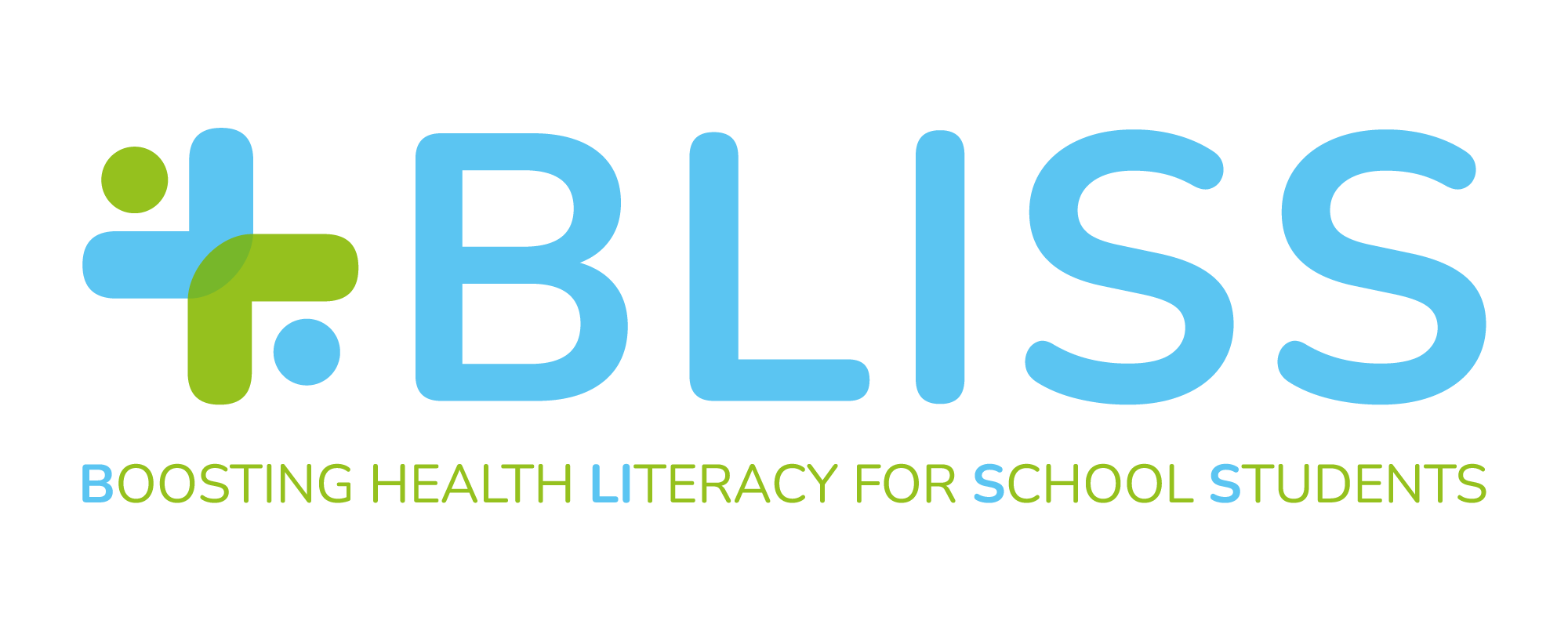MODULE 2 - ”Teaching and learning skills for managing health information”
About the Module
This module covers the competence area 1 'Managing health information' and 3 'teaching and learning' of the Digital Health@School Framework.
Competence Area 1 'Managing health information' is covered extensively, while Competence Area 3 'Teaching and learning' is a cross-cutting section for all MOOC modules and will be fully explored in the pilot.
Therefore, the activities for "Teaching and Learning" included in Module 1 will mainly focus on aim of the module is to provide teachers with the skills and strategies needed to navigate, search, select and evaluate digital health information, content and data, and to emphasise the importance of these skills in promoting digital health literacy.
It also aims to make teachers aware of their crucial role in supporting students to better express their health needs and to understand and evaluate health information gathered online. With regard to "teaching and learning" competences, the module aims to promote the use of innovative pedagogical methods for health education that encourage students' autonomous learning and self-evaluation.
Learning Objectives
- Provide teachers with skills and strategies to browse, search, select and evaluate digital health-related information, content and data, and emphasise the importance of these skills in promoting digital health literacy.
- Help teachers understand the importance of supporting students to better express their health needs, and to help them understand and evaluate health information gathered online.
- Promote digital educational interventions on health topics, using innovative pedagogical methods for health education, encouraging students' self-learning and self-assessment.
What you will learn
1. Be able to use appropriate digital and search tools to access, filter and critically evaluate health information, digital resources and related services.
2. Know how to identify and navigate various websites, platforms and online applications providing health information, learning to recognise trustworthy websites and recognised online resources in the field of health (official, national, etc.) (Identify indicators of authenticity and authoritative sources in online research. Help students understand how the web organises research data. Help students understand how information can help them solve their health-related problems).
3. Know how to conduct (digitally and in-presence) interventions/lessons to better express students' health needs, encouraging critical thinking, understanding and evaluation of the health information collected. (Learning how to design and deliver lessons that promote health literacy and health-related digital skills. Use active and engaging teaching strategies to engage students).
4. Learn and experiment with innovative and collaborative methodologies (e.g. flipped classroom, teaching in digital environments) to promote health education. (Adapt the content to the age and abilities of the students. Create appropriate teaching materials for the needs of different groups of learners).
5. Be able to provide targeted guidance and assistance to students through digital health technologies.
6. Be able to guide students in the knowledge of digital tools that can stimulate self-learning, also through moments of self-assessment supported by digital tools.
7. Familiarise yourself with the toolkit and piloting activities.
8. Assessment of competences (Quiz)
